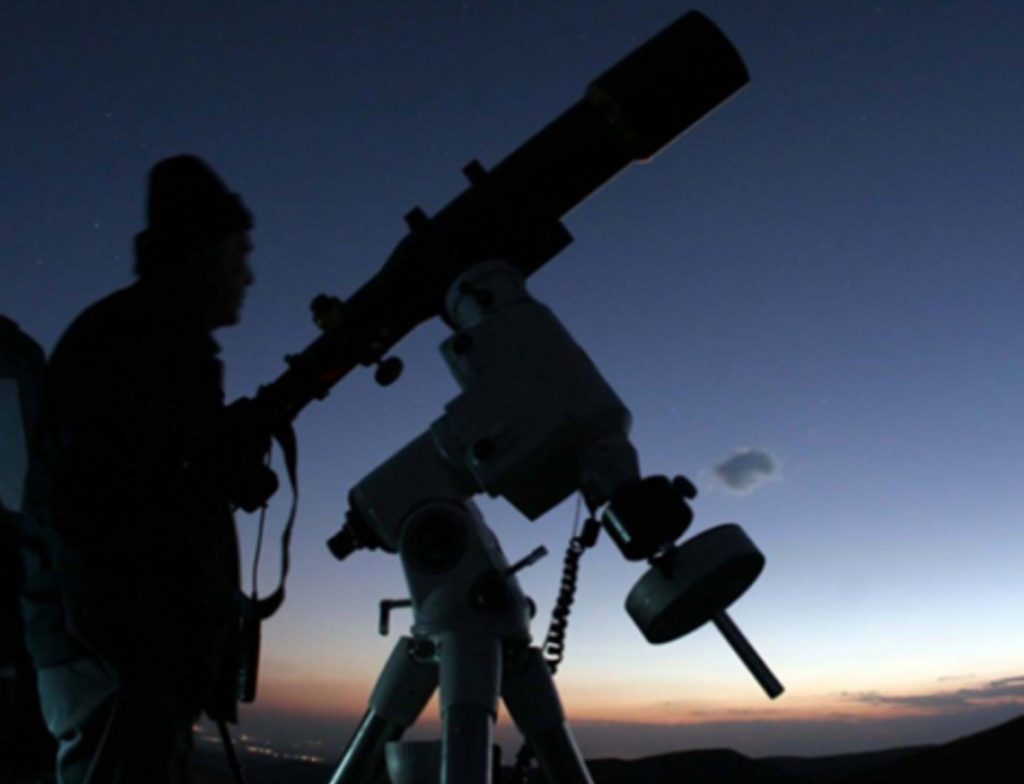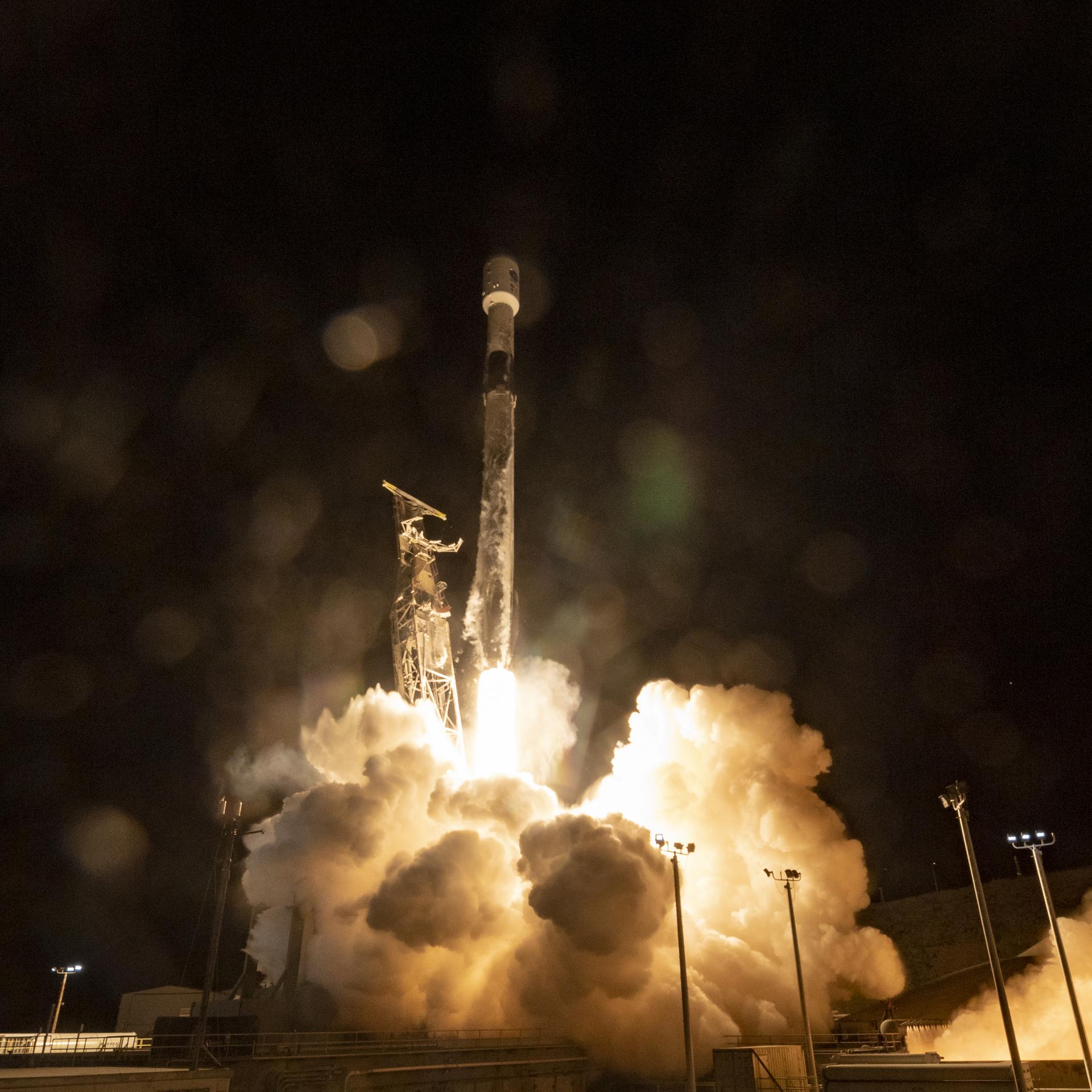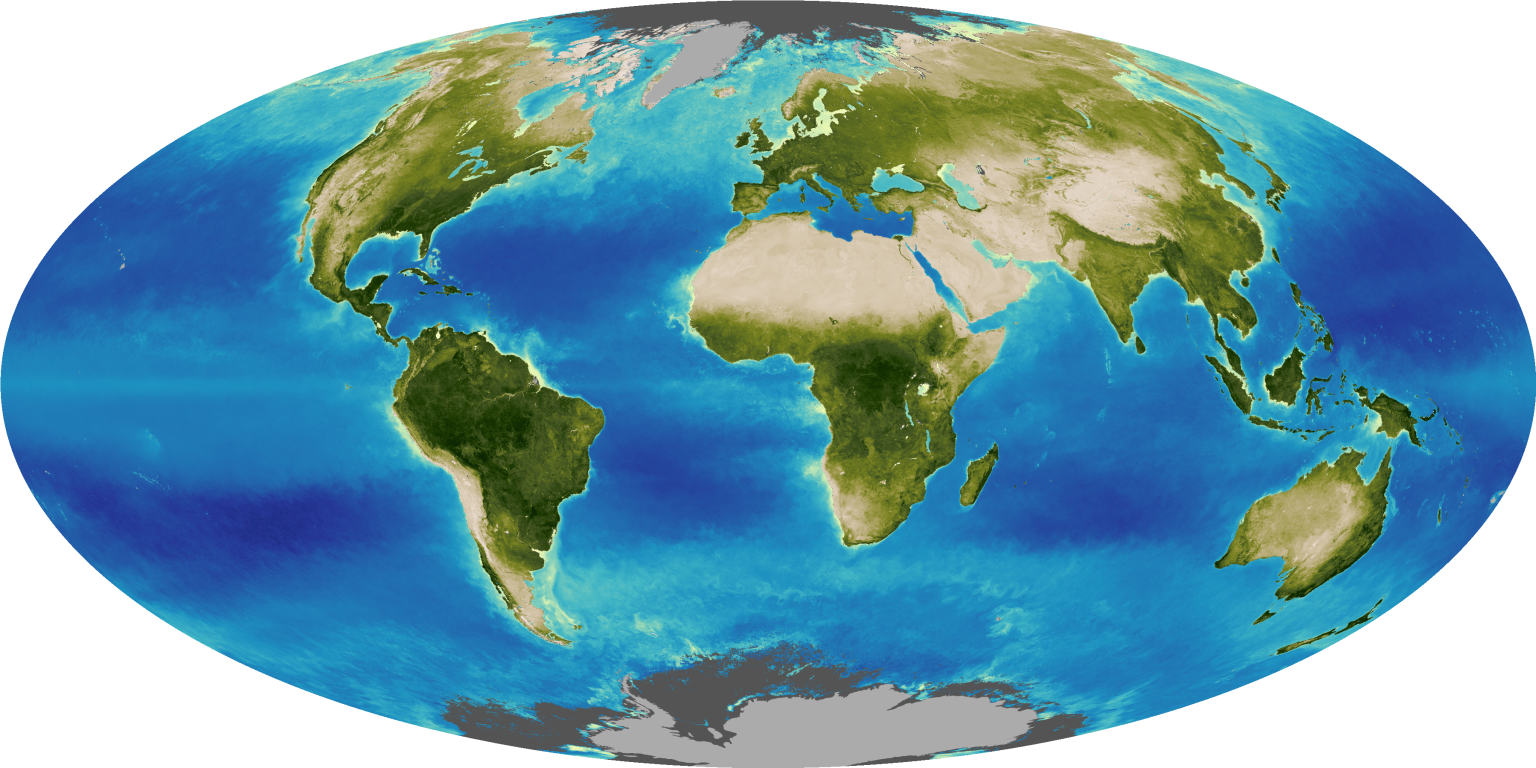Sentinel-6B Stories
News about Sentinel-6B, an Earth-observing satellite jointly developed by NASA along with U.S. and European partners to observe Earth's ocean, measuring sea levels to improve weather forecasts and flood predictions, safeguard public safety, benefit commercial industry, and protect coastal infrastructure.
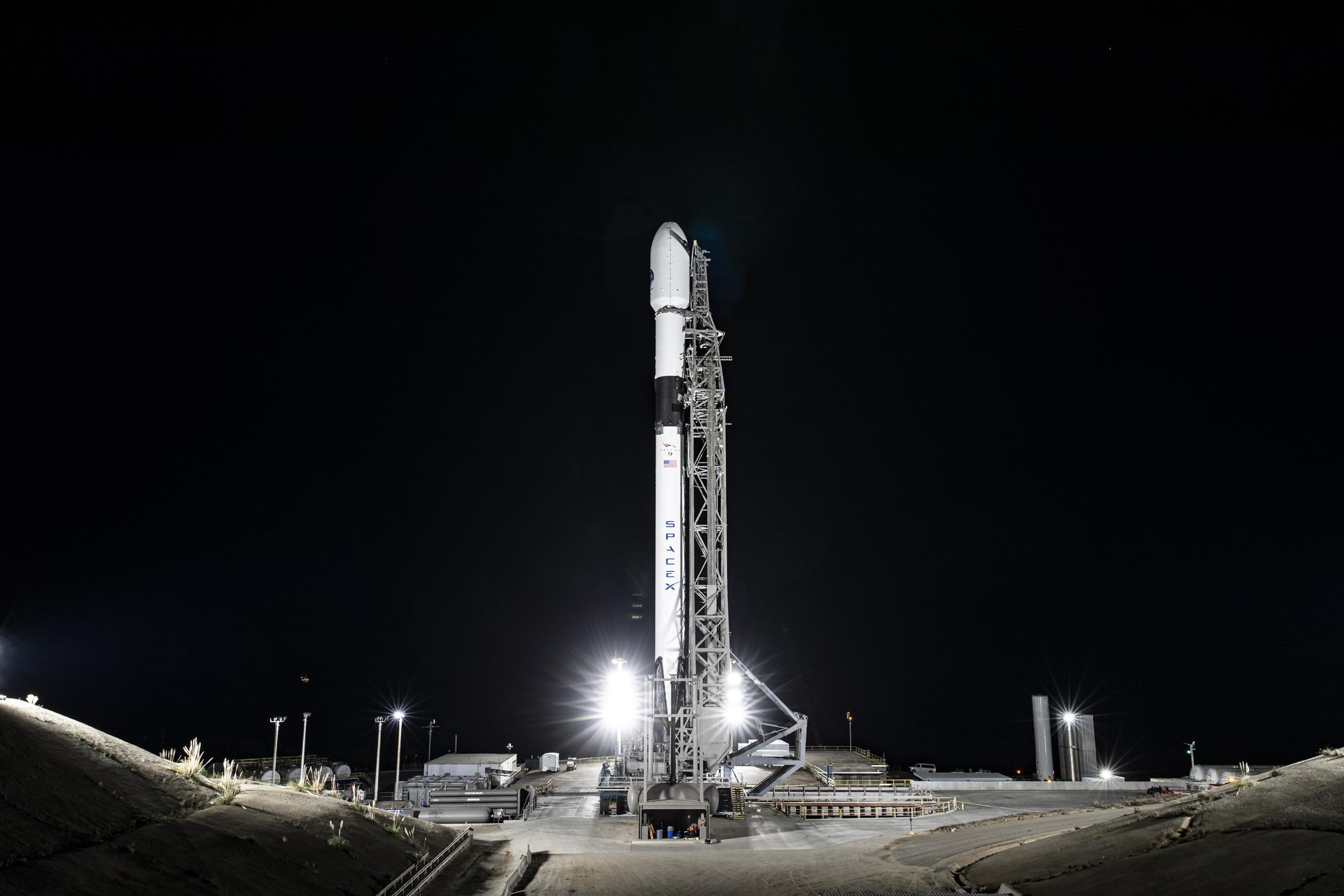
Set to track sea levels across more than 90% of Earth’s ocean, the mission must first get into orbit. Here’s what to expect. Sentinel-6B, an ocean-tracking satellite jointly developed by NASA and ESA (European Space Agency), is ready to roll…

Data from Sentinel-6B will continue a decades-long record of sea surface height, helping to improve coastal planning, protect critical infrastructure, and advance weather forecasts. With launch set for no earlier than 12:21 a.m. EST Monday, Nov. 17, Sentinel-6B is the…

NASA will provide live coverage of prelaunch and launch activities for Sentinel-6B, an international mission delivering critical sea level and ocean data to protect coastal infrastructure, improve weather forecasting, and support commercial activities at sea. Launch is targeted at 12:21…
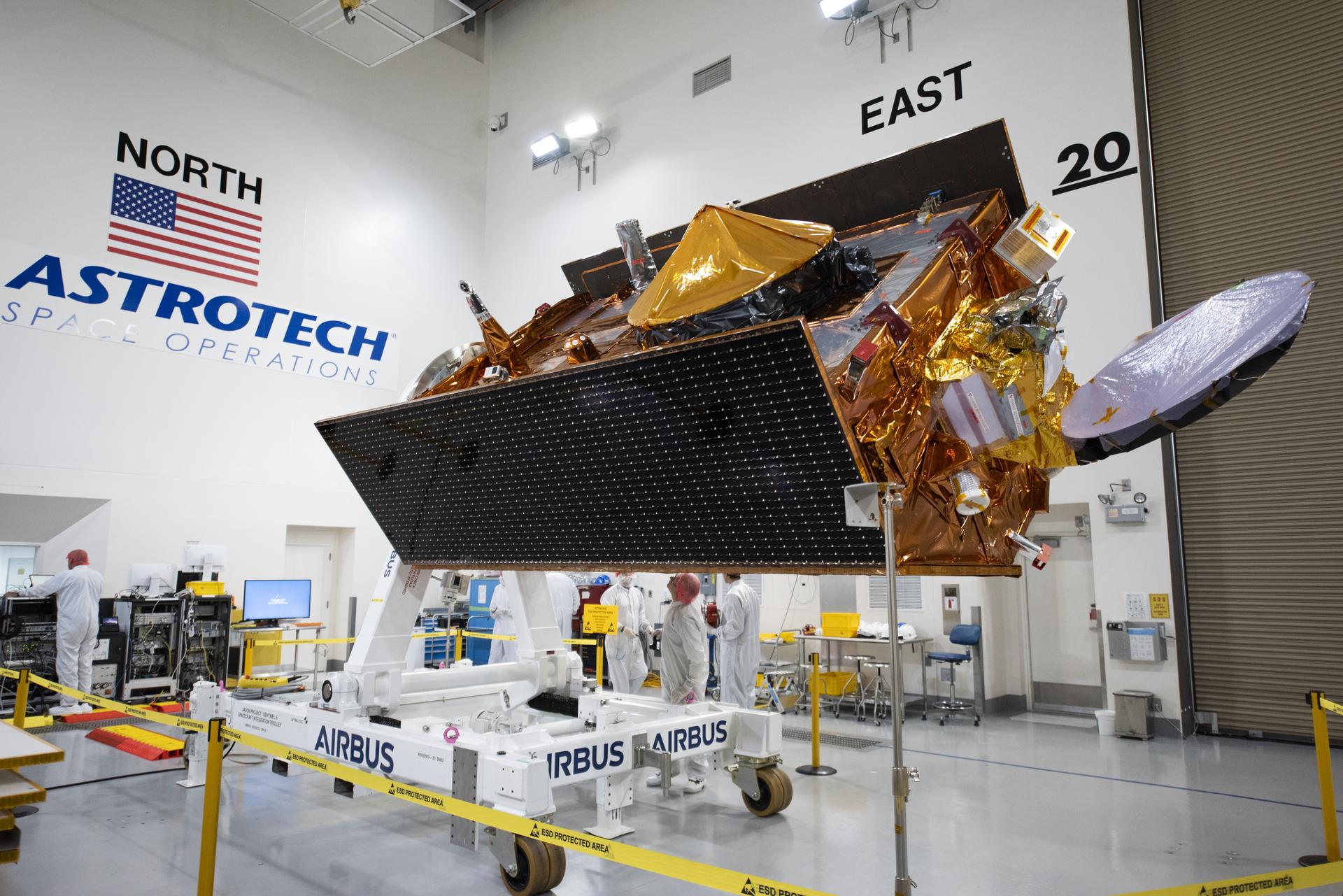
The Sentinel-6B spacecraft recently made a crucial transition in its prelaunch journey when technicians transferred the spacecraft from the NASA hangar to the Astrotech Space Operations payload processing facility at Vandenberg Space Force Base in California, on Sept. 24. After…

Sea surface height data from the Sentinel-6B satellite, led by NASA and ESA, will help with the development of marine weather forecasts, alerting ships to possible dangers. Because most global trade travels by ship, accurate, timely ocean forecasts are essential.…

The Sentinel-6B satellite will soon start final preparation to ready it for launch later this year. After a trans-Atlantic journey on a cargo ship and a truck ride from Texas to California, the international sea level satellite Sentinel-6B arrived at…

Sentinel-6B will measure sea surface height for nearly all of the world’s ocean, providing important data for information products, including weather and hurricane forecasts. NASA has a long record of monitoring Earth’s sea surface height, information critical not only for…
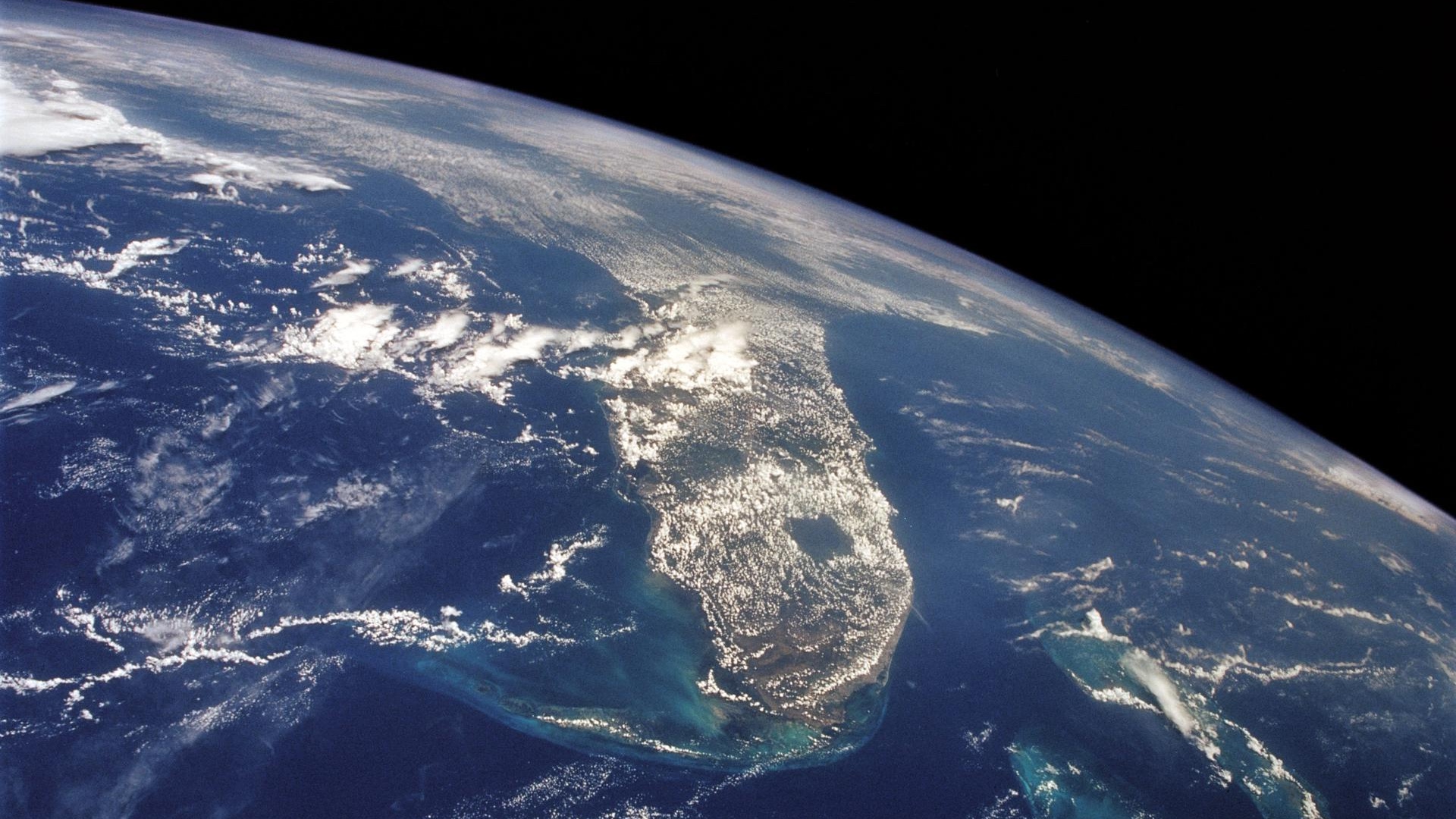
Last year’s increase was due to an unusual amount of ocean warming, combined with meltwater from land-based ice such as glaciers. Global sea level rose faster than expected in 2024, mostly because of ocean water expanding as it warms, or…

As NASA’s Kennedy Space Center in Florida wraps up a year that will see more than 90 government, commercial, and private missions launch from Florida’s Space Coast, a look to 2025 shows the missions, partnerships, projects, and programs at the…
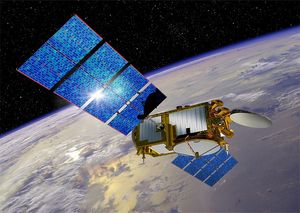
The Ocean Surface Topography Science Team (OSTST) brings together international scientists to understand Earth’s oceans and their interaction within the climate system using ocean altimetry satellite observations. The primary science focus of OSTST is to demonstrate the critical role of…















